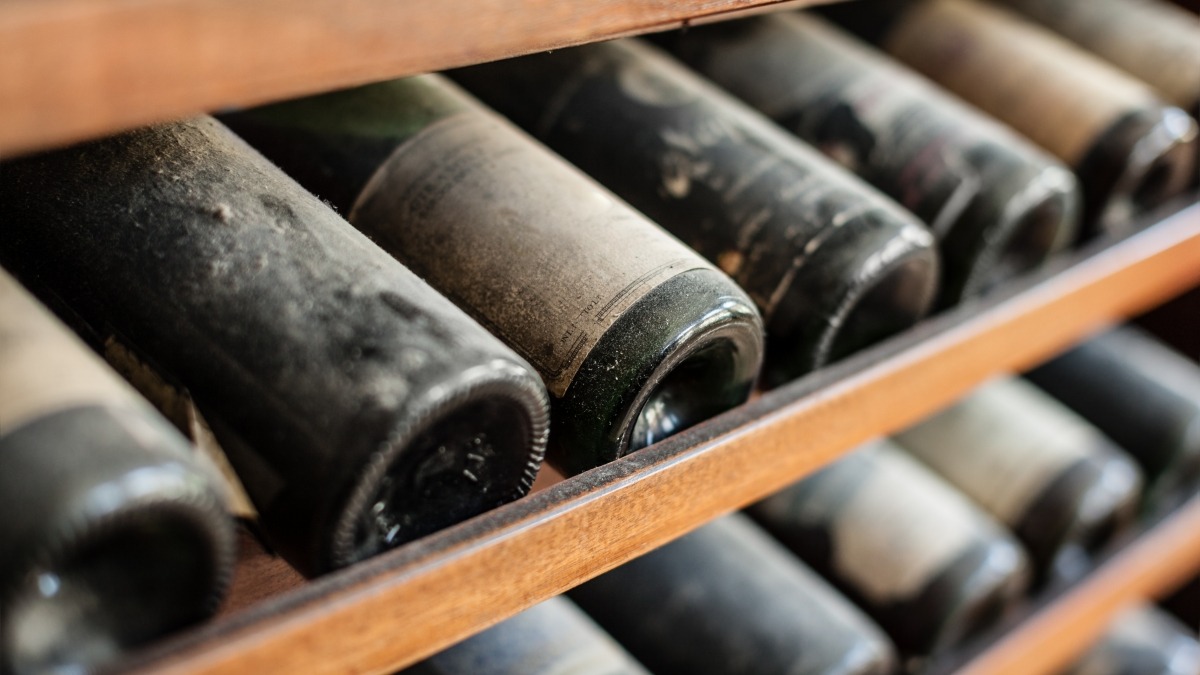Sicilian Wines - A brief introduction
loveSicily inaugurates a small series of blog stories dedicated to wine in Sicily. They start with a brief introduction to Sicilian wine and continue with an interview of Kate Singleton, the author of the definitive guide to Sicilian wines – titled 'Wines of Sicily'. Kate has kindly accepted to answer some questions on her relationship with Sicily and Sicilian wine which we will post over two subsequent blog stories.
Diversity and Quality
'Sicily is a continent when it comes to wine'
Alessio Planeta
The above quote, by the owner of one of the most important and innovative Sicilian wineries (Planeta) provides the first key in deciphering the different wine types of Sicily. This is perfectly illustrated when you consider that Pachino - one of the new emerging regions for vine cultivation - , right on the South tip of Sicily is further south than Tunis in North Africa. It provides a dry and arid climate which stands in stark contrast with the climate further inland in the hills around Noto and is differently still to the climate in Agrigento. Each of this micro-climates provide viniculturists with endless opportunities to create wonderful wines.
The second key to deciphering Sicilian wines is the relatively recent switch from focusing on quantity to focusing in quality. Long gone are the days when Sicilian wine was used to bulk up the wines of the north of Italy. The region with 17.5% of Italian vineyards has woken up to the benefits of quality wine and investments made more than a decade ago (in both experimental vineyards and human expertise) are now bearing fruits.
Of DOCs, DOCGs and IGTs
In a competitive wine market labels are sometimes very useful for understanding the quality and provenance of a wine. In Italy there are three commonly used labels. DOCs (denominazione di origine controllata – denomination of origin controlled) are used for products of high quality from specific regions, while DOCG (denominazione di origine controllata e guarantita) are reserved for those DOCs which have displayed exceptionally high quality over a number of years (at least five) and have undergone more stringent testing. The most relaxed label is IGT (Indicazione Geographical Tipica) simply indicate the geographic provenance of the wine.
Unfortunately, Sicily suffers from too many DOCs (partly as a result of various political dignitaries being satisfied or satisfying local requirements). Therefore there are 19 DOCs in all of which few are well known internationally. Some of the more well know are:
Cerasuolo di Vittoria, produced in and around the town of Vittoria. It is a blend of Frappato grape - providing fruit cherry-like aromas- and Nero d'Avola - the trademark Sicilian grape which produces wine that is well structured and ages well. Variations of Cerasuolo are obtained by varying the percentage of Nero d'Avola and Frappato, although typical values are 60% Nero d'Avola to 40% Frappato.
The Marsala DOC is another well-known DOC. You are typically more likely to hear of Marsala as part of a recipe rather than on the table in a bottle. However, a DOC Marsala has little to do with the sweet wine that chefs suggest for use in recipes. It is a complex white fortified wine, made with white Grillo grapes, that should be smooth, dry, with nutty flavours.
Beyond these DOCs (and other well known ones like the Etna DOC and the Moscato di Pantelleria) the most exciting developments are in the attention to wines such as the white Grillo, the young and fruity Frappato, or the imposing red Nero d'Avola. These are IGTs and some of the best provide a true indication of where Sicily can go with wines.
Over the next months we will focus on specific bottles and producers but the very next instalment of the Wines in Sicily series will be the interview by Kate Singleton and a review of her excellent book "Wines of Sicily"




